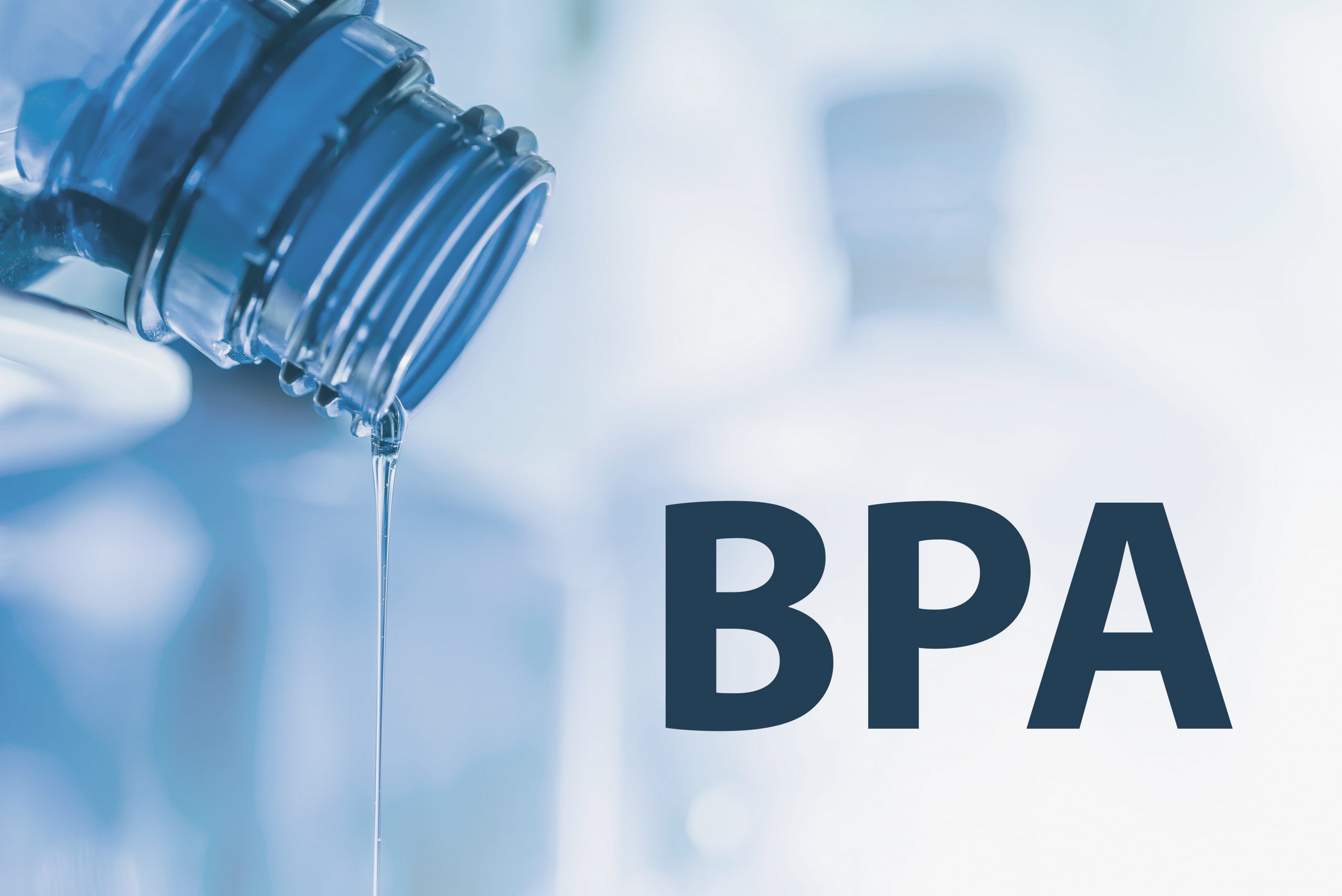BPA is a synthesized chemical initially used as an artificial estrogen due to its ability to mimic the hormone estrogen. However, multiple studies, including in monkeys and rodents, have shown that this chemical may not be safe for you.
The thought of a three-letter word being dangerous can be incredible, right? Yet, one product, BPA, whose chemical name is Bisphenol- A, has gathered enough evidence from studies to prove that it may not be safe for you and your baby altogether. You may have to stop getting into contact with more of it. Even as government agencies and big organizations like the Food and Drug Administration (FDA) claim that it is safe in the current levels, there are enough lines of evidence to prove that there may not be a brighter side with this chemical. Dive into this chemical and learn some important points about BPA, including how to minimize its exposure to your body.
Understanding BPA
In the 1890s, a Russian scholar invented BPA (Bisphenol-A), a synthesized chemical with a unique ability to mimic estrogen, hence a form of artificial estrogen. Around the 1950s, BPA use became more popular, especially when industries realized that it could make strong plastics and resins that could not break easily, even in contact with heat. Henceforth, the chemical became a common ingredient in virtually every industry, so today, you can find BPA in almost everything, including plastic bottles, cans, feminine hygiene products, baby bottles, pre-packaged food containers, and paper receipts. Besides, it is very cheap, making the industries find a cheap alternative that presumably gave sturdy plastics and epoxy resins that can stand heat and cold. Still, there is overwhelming evidence that this chemical is hazardous.
How do you tell that a product has BPA in it?
The next question is determining whether a product has BPA- how? Simply check the ingredient list, and you might spot BPA. There are BPA alternatives, including Bisphenol- S (BPS) and Bisphenol-F (BPF). Although BPF and BPS are thought to be safe, you may be surprised to know that they are equally dangerous because they contain Bisphenol. Products that bear BPF, BPS, or PC initials have the toxic Bisphenol. This is also true of products with recycling numbers 3 and 7.
How does BPA get into the body?
Although BPA could get to the body through several means, the main one is through diet. The plastic containers we use and have BPA get it to the body. When sealing BPA and its alternatives to plastics, not all of it gets sealed, and the remaining part interacts with foods put in it. Also, when you microwave food in plastics, some of the BPA disintegrate and mix with food. Interestingly, several studies confirm this. For instance, two groups of research participants either took fresh soup or canned soup. In just 5days, those taking canned soup recorded 1221% more BPA in urine than those taking fresh soup. Another study showed that children taking breast milk only had at least 8times less BPA in their system than those fed with BPA-contained milk formulas.
Health concerns about BPA
Countries like Malaysia, China, and Canada have banned BPA use completely. Some parts of the US have also banned its use, but there are no federal laws to govern this chemical; hence, most Americans use BPA products. In the 1980s, FDA confirmed that the current allowed BPA levels (50 mcg per kg) are safe for humans. However, several studies found that as low as 10 mcg per kg was harmful to rodents and would likely affect humans. Even research in monkeys confirmed that the so-called ‘currently allowed levels’ negatively affected reproduction in monkeys, and the same effect would be felt in human beings. That said, here are the potential effects of BPA and its alternatives.
- Cancer
The claims that this or that will cause cancer are common, and we’ve somehow started becoming numb to it. However, studies give us enough evidence to justify the claims when it comes to BPA and its alternatives. First, BPA can counter the effectiveness of chemotherapy in breast cancer patients, allowing the cells to multiply faster. Second, BPA’s ability to mimic estrogen means that it can interact with some cells and chemicals in the body and promote the growth of cancerous cells for breast, prostate, and ovarian cancers.
2. Infertility
There is enough evidence to say that BPA has something to do with infertility. Studies have shown that men who took part in IVF and produced low-quality embryos had at least 30% more BPA than those who bore normal embryos. Other studies also showed that women who suffered from infertility and were on medication had remarkably higher levels than women bearing children.
3. Brain problems
Although the FDA has held that the currently allowed BPA levels are safe, some studies, including those by the Duke University Medical Center, point that BPA can cause cognitive decline. This study revealed that the presence of BPA in the system meant lowered removal of chloride from the brain and clearing of the nervous system, possibly altering gene function. Therefore, BPA could promote the development of Alzheimer’s and Parkinson’s diseases and other cognitive disorders.
4. Diabetes and heart disease
Diabetes and heart disease are two top-killer diseases claiming lives globally. Although they are basically caused by high-fat and highly processed foods, some studies have found links between them and BPA, but the interaction is still unclear.
How to minimize BPA getting into your system
Admittedly, it is impossible to completely avoid getting BPA in your system since it’s virtually everywhere and in everything. Still, you can cut down on the amounts that get into the body by;
- Avoiding microwaving food in plastic containers
- Substituting plastic water bottles with glass ones
- Using glass baby bottles for formulas
- Avoiding pre-packaged foods in plastic cans
- Be picky with toys and get BPA-free ones
- Try as much as possible to minimize BPA, e.g., avoid print receipts
- Do powdered milk formulas instead of liquid ones as the latter absorbs more BPA
Conclusion
Although big agencies claim that BPA is safe for humans, most studies say otherwise. Test-tube and animal studies show that BPA is harmful even in the lowest levels and may potentially harm man. Therefore, try as much as you can to avoid BPA. This article has tackled everything about BPA, including how to minimize getting it into your system.
- Learn to Enjoy Self-care Routine - September 21, 2023
- Jonathan Aufray’s Story - July 29, 2023
- From Public Housing To Ivy League: The Inspiring Journey of Crystaltharrell.com and its Founder - June 7, 2023







